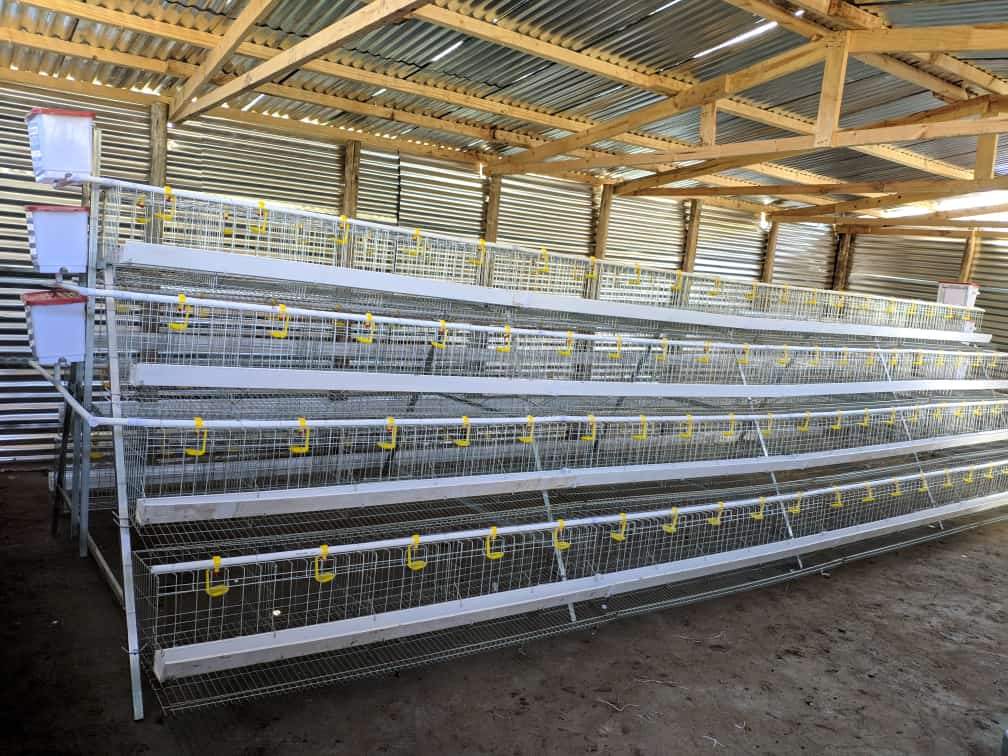Choosing the Best Evaporative Cooling Pads for Optimal Greenhouse Climate Management
Dec . 11, 2024 14:08 Back to list
Choosing the Best Evaporative Cooling Pads for Optimal Greenhouse Climate Management
Evaporative Cooling Pads for Greenhouses An Essential Component for Optimal Plant Growth
In the world of horticulture, maintaining the right environmental conditions within a greenhouse is crucial for growing healthy, high-quality plants. Among the various methods employed to regulate temperature and humidity, evaporative cooling pads have emerged as one of the most effective solutions. This article explores the functionality, benefits, and considerations of using evaporative cooling pads in greenhouses, ensuring that growers can achieve optimal plant growth year-round.
Understanding Evaporative Cooling
Evaporative cooling is a natural process that cools air through the evaporation of water. When water evaporates, it absorbs heat from its surroundings, resulting in a drop in temperature. This principle is harnessed in evaporative cooling systems, where air passes over water-saturated pads, causing the air to cool before it enters the greenhouse. The effectiveness of this method is particularly evident in hot and dry climates, making it a popular choice for greenhouses seeking to maintain an ideal environment for plants.
Types of Evaporative Cooling Pads
Evaporative cooling pads are primarily made from materials designed to maximize water absorption and cooling efficiency. The two most common types include
1. Cellulose Pads Made from treated paper or recycled cellulose, these pads are highly efficient in cooling. They have a large surface area, allowing for optimal water absorption and evaporation. Cellulose pads are known for their durability and can last several years with proper maintenance.
2. Synthetic Pads Constructed from materials like PVC or other synthetic materials, these pads are designed to resist mold and decay. While synthetic pads may not have the same cooling efficiency as cellulose pads, they often last longer and require less frequent replacement.
Choosing between these types of pads often depends on the specific needs of the greenhouse, budget, and local climate conditions.
Benefits of Using Evaporative Cooling Pads
Evaporative cooling pads offer several advantages for greenhouse environments
1. Energy Efficiency Compared to traditional air conditioning systems, evaporative coolers consume considerably less energy. This efficiency translates to lower operational costs, making them an economically viable option for greenhouse management.
evaporative cooling pads for greenhouse

2. Improved Air Quality Evaporative cooling pads help promote better air circulation within the greenhouse. As fresh, cooled air is introduced, it aids in maintaining optimal humidity levels and minimizes the risk of heat stress on plants.
3. Enhanced Plant Growth Maintaining a stable temperature range is vital for plant health. Evaporative cooling pads ensure that the inner climate of the greenhouse remains conducive for photosynthesis, thus promoting faster growth and better yields.
4. Sustainability As green practices become more important in agriculture, evaporative cooling systems offer a more sustainable alternative to conventional cooling methods. They reduce greenhouse gas emissions associated with electricity consumption and utilize water in a recyclable manner.
Considerations When Installing Evaporative Cooling Pads
While the benefits of evaporative cooling pads are numerous, there are several considerations to keep in mind when implementing this system in a greenhouse
1. Humidity Levels Evaporative cooling works best in dry climates. In highly humid environments, the system's efficiency may decrease, making it necessary to integrate additional ventilation or dehumidification systems.
2. Water Supply Consistent water supply is crucial for the operation of evaporative cooling pads. Growers must ensure that they have a reliable and clean water source to avoid issues such as mineral buildup and pad degradation.
3. Maintenance Regular maintenance is essential to ensure the efficiency and longevity of evaporative cooling pads. Growers should inspect pads for debris, perform routine cleanings, and replace them as needed to prevent clogging and bacterial buildup.
4. Initial Investment The initial cost of installing evaporative cooling systems may be higher than some conventional methods. However, considering the long-term energy savings and improved plant health, many growers find this investment worthwhile.
Conclusion
Evaporative cooling pads are a vital component for achieving and maintaining optimal growing conditions in greenhouses. With their energy efficiency, cost-effectiveness, and ability to enhance air quality, they present a smart solution for modern horticulture. By understanding the functionality, benefits, and considerations of these systems, greenhouse operators can harness evaporative cooling technology to promote healthier, more productive plant growth. As the industry continues to move toward more sustainable practices, evaporative cooling pads will undoubtedly play a crucial role in the future of greenhouse cultivation.
-
Automatic Feeding Line System-Pan Feeder Nipple Drinker|Anping County Yize Metal Products Co., Ltd.
NewsJul.29,2025
-
Hot Sale 24 & 18 Door Rabbit Cages - Premium Breeding Solutions
NewsJul.25,2025
-
Automatic Feeding Line System Pan Feeder Nipple Drinker - Anping County Yize Metal Products Co., Ltd.
NewsJul.21,2025
-
Automatic Feeding Line System Pan Feeder Nipple Drinker - Anping County Yize Metal Products Co., Ltd.
NewsJul.21,2025
-
Automatic Feeding Line System - Anping Yize | Precision & Nipple
NewsJul.21,2025
-
Automatic Feeding Line System - Anping Yize | Precision & Nipple
NewsJul.21,2025






